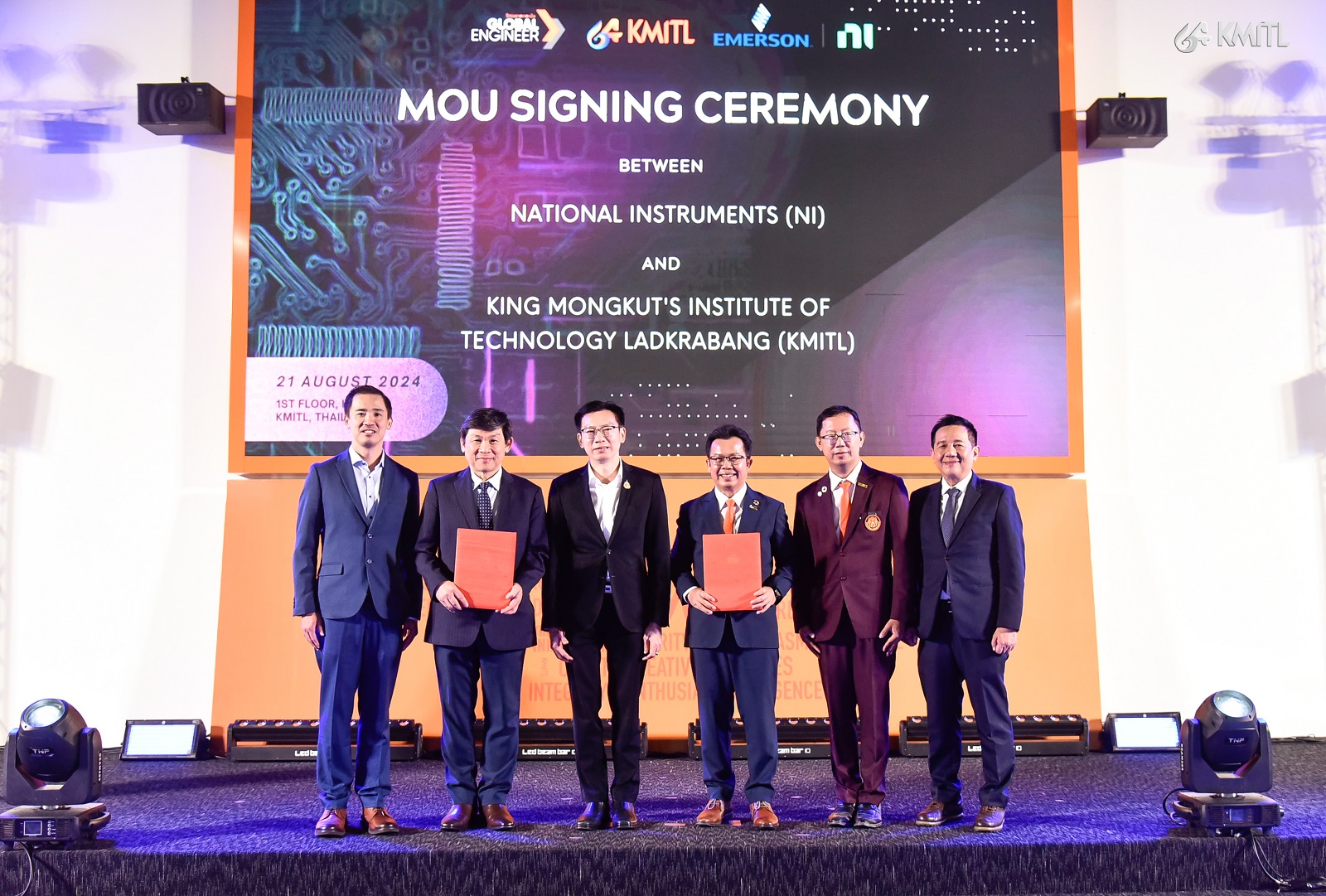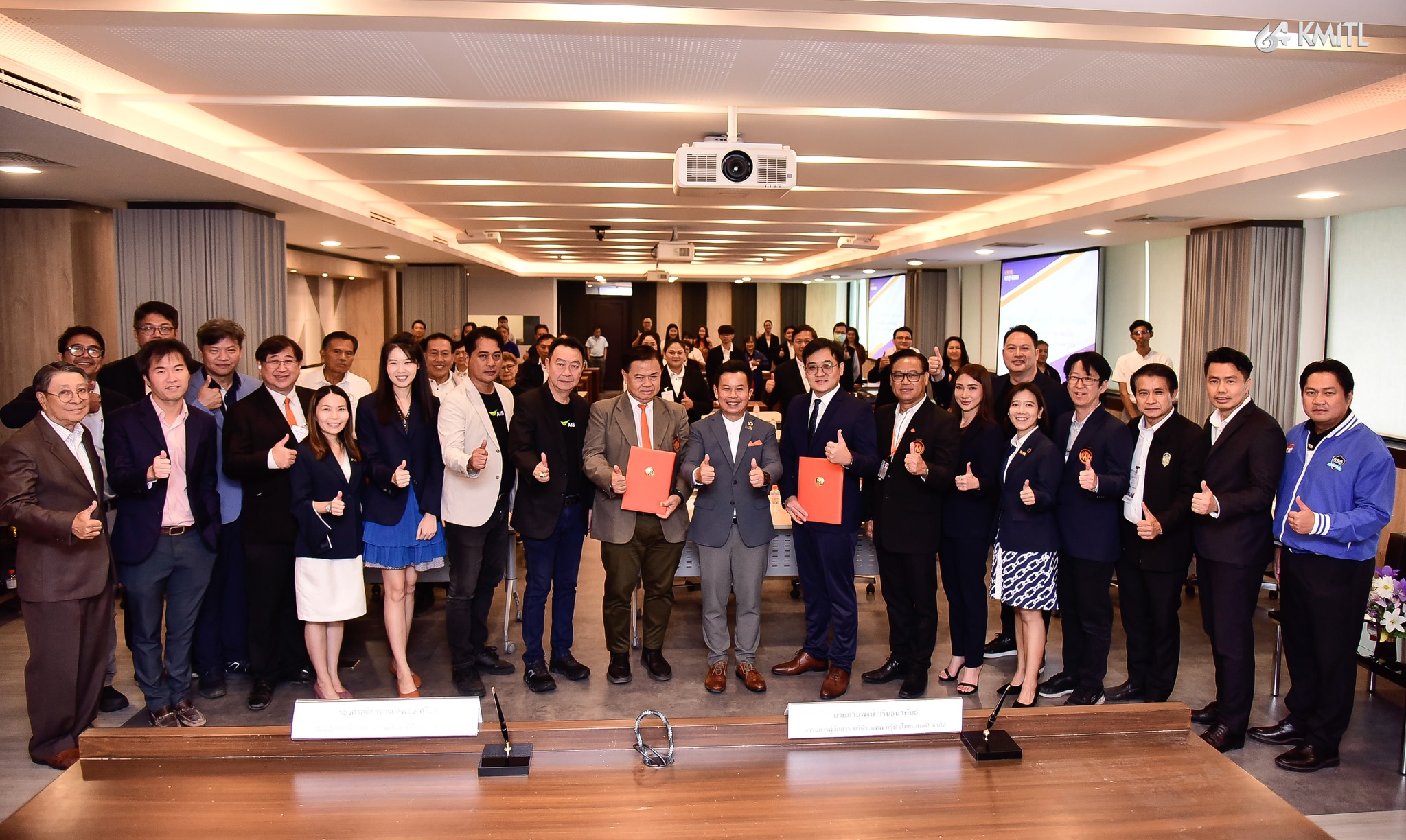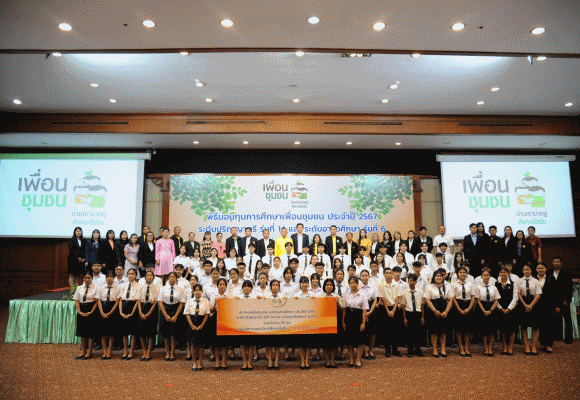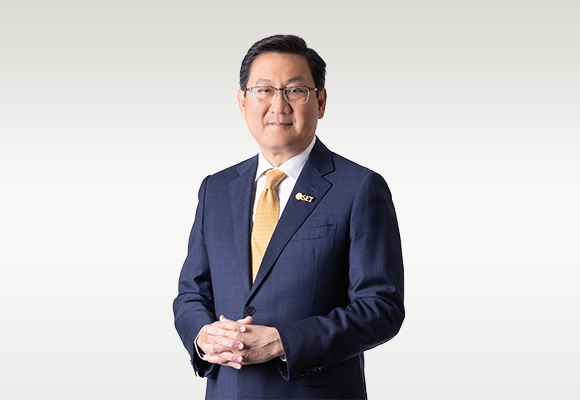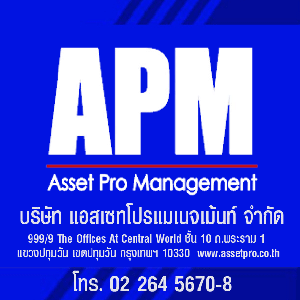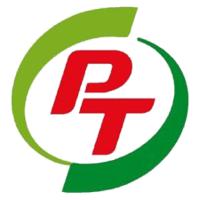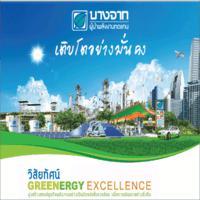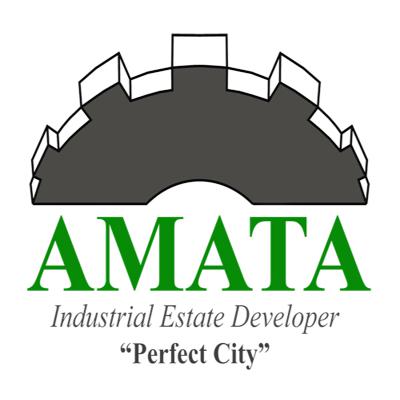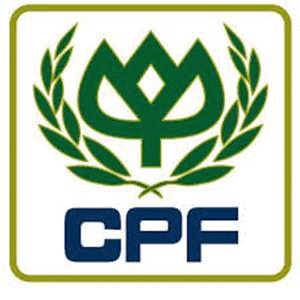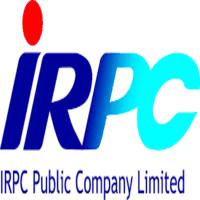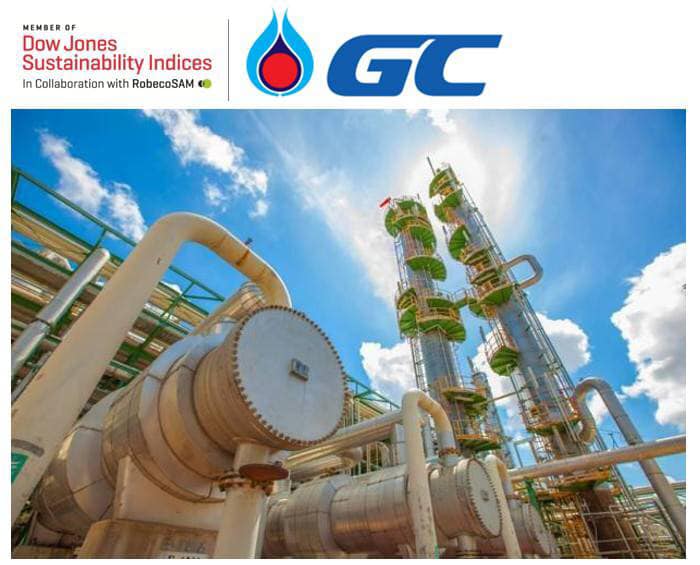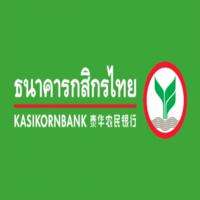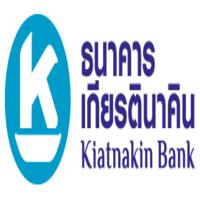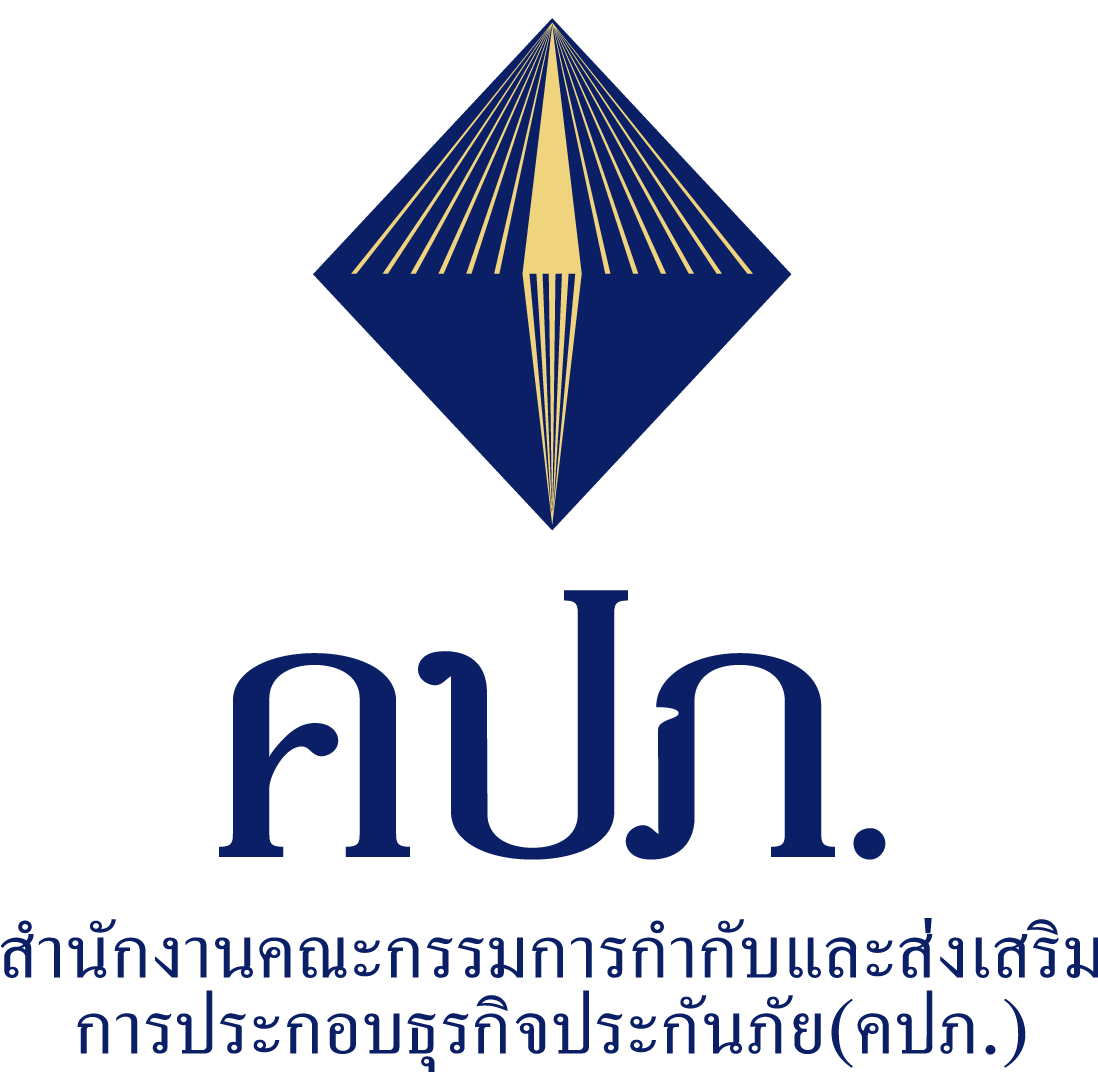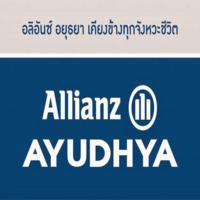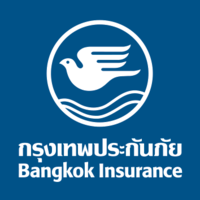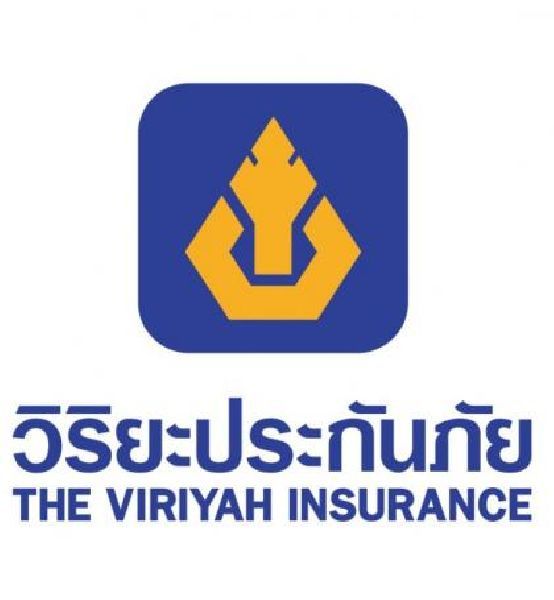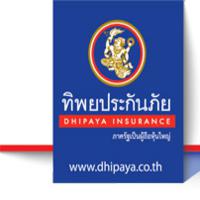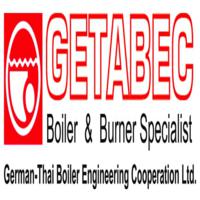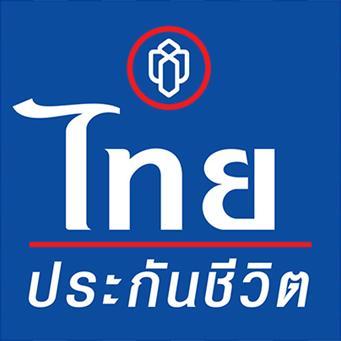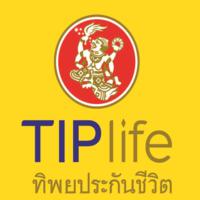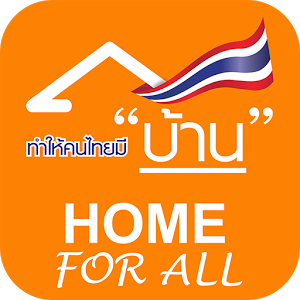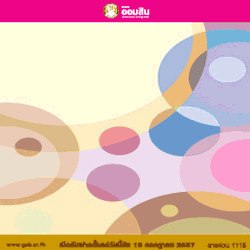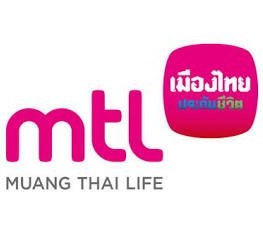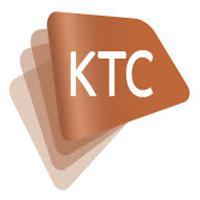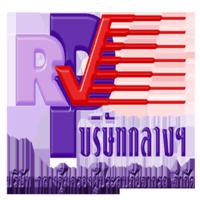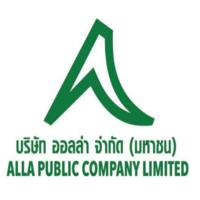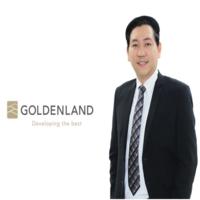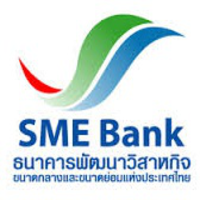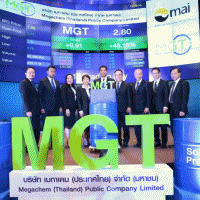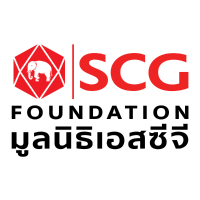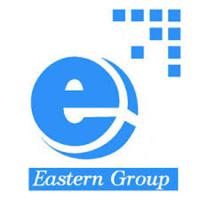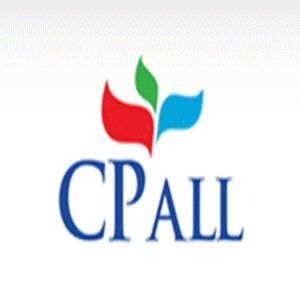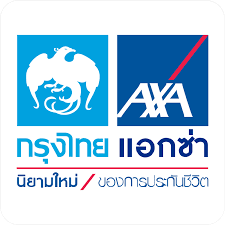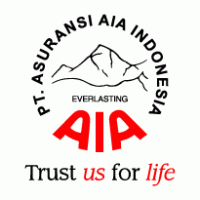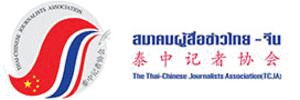- Details
- Category: เกษตร
- Published: Monday, 08 February 2016 09:37
- Hits: 3436
 กลุ่มมิตรผล เผยโมเดลการจัดการเกษตรสมัยใหม่ (ModernFarm) สานพลังประชารัฐ ส่งเสริมชาวไร่อ้อยอย่างยั่งยืน
กลุ่มมิตรผล เผยโมเดลการจัดการเกษตรสมัยใหม่ (ModernFarm) สานพลังประชารัฐ ส่งเสริมชาวไร่อ้อยอย่างยั่งยืน
พลเอก ฉัตรชัย สาริกัลยะ รัฐมนตรีว่าการกระทรวงเกษตรและสหกรณ์ พร้อมคณะ เยี่ยมชมการดำเนินงานของอุทยานมิตรผล อำเภอภูเขียว จังหวัดชัยภูมิ ครอบคลุมทั้งกระบวนการผลิตน้ำตาล ไฟฟ้าชีวมวล และเอทานอล รวมถึงรูปแบบการบริหารจัดการไร่อ้อยภายใต้โมเดลการจัดการเกษตรสมัยใหม่ (ModernFarm) สะท้อนเจตนารมณ์ในการสนับสนุนโครงการ “1 ตำบล 1 SME เกษตร” ตามแนวนโยบายประชารัฐ สร้างความเข้มแข็งให้เกษตรกรชาวไร่อ้อยและชุมชนอย่างยั่งยืน
นายบรรเทิง ว่องกุศลกิจ ประธานเจ้าหน้าที่กลุ่มธุรกิจกลุ่มงานอ้อย กลุ่มมิตรผล กล่าวว่า “เราดำเนินธุรกิจควบคู่กับการพัฒนาชุมชนและสิ่งแวดล้อมมาโดยตลอด โมเดลการจัดการเกษตรสมัยใหม่ (ModernFarm) นับเป็นส่วนหนึ่งของความมุ่งมั่นของเราในการส่งเสริมและพัฒนาองค์ความรู้ให้กับเกษตรกรชาวไร่อ้อย โดยใช้เทคโนโลยีและการจัดการเพื่อยกระดับประสิทธิภาพ ลดต้นทุน พัฒนาคุณภาพของผลผลิต รักษาสิ่งแวดล้อม ตลอดจนสร้างความเข้มแข็งให้แก่ชุมชนอย่างยั่งยืน ซึ่งเป็นการร่วมสนับสนุนและสานพลังตามแนวนโยบายประชารัฐ สร้างความเข้มแข็งจากเศรษฐกิจฐานราก ภายใต้โครงการ '1 ตำบล 1 SME เกษตร' ของรัฐบาล'โดยเมื่อวันที่ 13 มกราคม ที่ผ่านมา กลุ่มมิตรผล ได้ร่วมลงนามความร่วมมือในโครงการ “1 ตำบล 1 SME เกษตร” เพื่อสนับสนุน SME เกษตร กับ 6 ภาคีจากภาครัฐและภาคประชาชน ได้แก่ สถาบันพัฒนาองค์กรชุมชน (องค์กรมหาชน) สันนิบาตสหกรณ์แห่งประเทศไทย ธนาคารเพื่อการเกษตรและสหกรณ์ ธนาคารออมสิน สำนักงานกองทุนหมู่บ้านและชุมชนเมืองแห่งชาติ และสภาเกษตรกรแห่งชาติ โดยมีเป้าหมายที่จะช่วยสร้างความเข้มแข็งให้กับเกษตรกรชาวไร่อ้อย ผ่านการถ่ายทอดความรู้และเทคโนโลยีสมัยใหม่ รวมถึงการสร้างเกษตรกรรุ่นใหม่ให้เป็น Smart Farmer เพื่อสร้างความยั่งยืนให้กับภาคเกษตรกรรมของไทย
โมเดลการสร้างความเข้มแข็งให้แก่เกษตรกรชาวไร่อ้อยและชุมชนด้วยการจัดการแบบเกษตรสมัยใหม่ (ModernFarm) ของกลุ่มมิตรผล ครอบคลุมสำหรับเกษตรกรชาวไร่อ้อยทั้งรายเล็ก รายกลาง และรายใหญ่
· ชาวไร่อ้อยรายเล็ก – ซึ่งมีพื้นที่ปลูกอ้อย 1-50 ไร่ ใช้โมเดลการปลูกพืชเชิงผสมเพิ่มเติมจากการปลูกพืชเชิงเดี่ยว ทั้งปลูกอยู่ และปลูกกิน เพื่อสร้างรายได้ ลดรายจ่าย เช่น การปลูกพืชผักสวนครัว และการเลี้ยงปลา เลี้ยงสุกร หรือไก่ไข่ เพิ่มเติมในพื้นที่ไร่ของตนเอง นอกจากนั้น ยังเกิดการรวมกลุ่มชาวไร่อ้อยรายเล็กด้วยกัน เพื่อรับบริการการทำงานในไร่อ้อยจากชาวไร่อ้อยขนาดกลาง ทั้งการปลูก บำรุง และเก็บเกี่ยว เพื่อช่วยลดค่าใช้จ่ายการจ้างผู้รับเหมาและได้รับการบริการที่มีประสิทธิภาพ
· ชาวไร่อ้อยรายกลาง – ซึ่งมีพื้นที่ปลูกอ้อย 50-250 ไร่ ใช้โมเดลการพัฒนาสู่การเป็น SME ผู้ให้บริการชาวไร่รายเล็ก ด้วยแนวทางการส่งเสริมให้มีใช้เครื่องจักรกลการเกษตรแบบครบวงจร และพัฒนาเพิ่มมูลค่าของเครื่องจักรกลเกษตรด้วยธุรกิจการเป็นผู้รับเหมา ทำงานในไร่อ้อยให้กับชาวไร่อ้อยขนาดเล็ก ทั้งการปลูก บำรุง และเก็บเกี่ยว เพื่อพัฒนาสู่การเป็นเกษตรกรสมัยใหม่ (Smart Farmer)
· ชาวไร่อ้อยรายใหญ่ – ซึ่งมีพื้นที่ปลูกอ้อยมากกว่า 250 ไร่ขึ้นไป ใช้โมเดลการเกษตรสมัยใหม่ แบบ ModernFarm ซึ่งเป็นการนำองค์ความรู้ระดับเวิลคลาสจากประเทศออสเตรเลียเข้ามาประยุกต์ใช้ให้เหมาะสมกับสภาพแวดล้อมของประเทศ เพื่อช่วยเพิ่มผลผลิต ลดต้นทุนอย่างยั่งยืน นอกจากนั้น ยังส่งเสริมให้มีการพัฒนาด้านเทคโนโลยีการผลิตแบบแปลงใหญ่ อาทิ การรวมการผลิต การทำฟาร์มแบบแม่นยำ (Precision Farming) และการเทียบเคียงสิ่งที่ดีที่สุด (Benchmarking)
การดำเนินงานโครงการการจัดการแบบเกษตรสมัยใหม่ (ModernFarm) ของกลุ่มมิตรผล ก่อให้เกิดประโยชน์และความยั่งยืนในชุมชน อันเห็นได้จากการที่เกษตรกรชาวไร่อ้อยมีคุณภาพชีวิตที่ดีขึ้น สามารถเพิ่มประสิทธิภาพในการทำไร่อ้อย ทั้งการลดต้นทุน เพิ่มผลผลิต และเป็นมิตรต่อสิ่งแวดล้อม นอกจากนั้น ยังทำให้เกิดการจ้างงานในท้องถิ่น ส่งผลให้เศรษฐกิจท้องถิ่นหมุนเวียน เพราะคนในท้องถิ่นมีงานทำ ไม่ต้องละทิ้งถิ่นฐานเข้ามาทำงานในเมือง และยังเป็นการแก้ไขปัญหาการขาดแคลนแรงงานในภาคเกษตรของไทยอีกด้วย
นอกจากนี้ กลุ่มมิตรผล ยังมีระบบการส่งเสริมชาวไร่อ้อยอย่างครบวงจร ครอบคลุมตั้งแต่ การสนับสนุนเงินส่งเสริมในรูปแบบสินเชื่อระยะสั้นเพื่อจัดหาปัจจัยการผลิต พันธุ์อ้อย ดิน ปุ๋ย สารควบคุมวัชพืช สินเชื่อระยะกลางเพื่อส่งเสริมระบบชลประทานขนาดเล็กและอุปกรณ์ชลประทาน และสินเชื่อระยะกลาง-ยาว เพื่อส่งเสริมเครื่องจักรกลการเกษตร ตลอดจนการให้ความรู้และเพิ่มประสบการณ์แก่เกษตรกร จนถึงการรับซื้อผลผลิตอย่างเป็นธรรม
เกี่ยวกับกลุ่มมิตรผล
กลุ่มมิตรผล ผู้นำในอุตสาหกรรมน้ำตาลและชีวพลังงานของไทย ถือกำเนิดขึ้นเป็นครั้งแรกที่ตำบลกรับใหญ่ อำเภอบ้านโป่ง จังหวัดราชบุรี เมื่อปีพ.ศ. 2489 โดยเริ่มต้นจากอุตสาหกรรมครัวเรือนขนาดเล็กที่ผลิตน้ำเชื่อมเข้มข้นส่งขายให้กับโรงงานผลิตน้ำตาลทราย และได้ก้าวสู่การพัฒนาเป็นอุตสาหกรรมโรงงานที่สามารถผลิตน้ำตาลทรายได้เองในปีพ.ศ.2499
ด้วยแนวคิดในการดำเนินงานที่มุ่งมั่นสร้างคุณค่าให้กับอ้อยอย่างต่อเนื่อง ผ่านการการค้นคว้าวิจัยและเทคโนโลยีการจัดการ ทำให้กลุ่มมิตรผล พัฒนาต่อยอดจากธุรกิจน้ำตาล สู่ธุรกิจด้านชีวพลังงานหมุนเวียน ได้แก่ ไฟฟ้าชีวมวล และเอทานอล รวมถึงการพัฒนาธุรกิจวัสดุทดแทนไม้จากเศษไม้ยางพารา
ปัจจุบัน กลุ่มมิตรผล มีโรงงานน้ำตาลทั้งในประเทศไทย สาธารณรัฐประชาชนจีน สาธารณรัฐประชาธิปไตยประชาชนลาว และประเทศออสเตรเลีย ถือเป็นผู้ผลิตน้ำตาลอันดับ 1 ในประเทศไทย และอันดับที่ 4 ของโลก ในด้านของธุรกิจพลังงานหมุนเวียน กลุ่มมิตรผล ยังเป็นผู้ผลิตไฟฟ้าชีวมวลและเอทานอลรายใหญ่ในภูมิภาคเอเชียด้วยเช่นกัน
การดำเนินธุรกิจของกลุ่มมิตรผล ไม่เพียงแต่มุ่งเน้นการสร้างสรรค์คุณค่าเพิ่มให้กับลูกค้า คู่ค้าในธุรกิจ หรือการพัฒนาศักยภาพของชาวไร่อ้อย ชุมชน สังคม และสิ่งแวดล้อม เพื่อให้ทุกคนสามารถพัฒนาและก้าวเดินได้อย่างมั่นคงเท่านั้น แต่ยัง
ให้ความสำคัญกับการดำเนินธุรกิจที่โปร่งใส และยึดมั่นบนหลักของธรรมภิบาล เพื่อการดำเนินที่ยั่งยืนขององค์กร
เกี่ยวกับมิตรผล โมเดิร์นฟาร์ม
มิตรผล โมเดิร์นฟาร์ม
นวัตกรรมการจัดการไร่อ้อยยุคใหม่ ที่ช่วยเพิ่มผลผลิต ลดต้นทุน รักษาสิ่งแวดล้อม
และยกระดับคุณภาพชีวิตชาวไร่อ้อยอย่างยั่งยืน
ในวันนี้ กลุ่มมิตรผล ได้ยกระดับการทำไร่อ้อยสู่แนวทางของการจัดการเกษตรสมัยใหม่ภายใต้รูปแบบ “มิตรผล โมเดิร์นฟาร์ม” นวัตกรรมการบริหารจัดการไร่อ้อยอันทันสมัยที่ประยุกต์แนวคิด องค์ความรู้ และเทคโนโลยีระดับเวิลด์คลาส ให้เหมาะสมกับสภาพแวดล้อมของท้องถิ่น เพื่อให้เกษตรกรชาวไร่อ้อยมีผลผลิตที่เพิ่มขึ้น ลดต้นทุนการผลิต ลดการใช้แรงงาน อนุรักษ์ดินและน้ำ และยกระดับคุณภาพชีวิต รวมทั้งเสริมศักยภาพการแข่งขันด้านอ้อยและน้ำตาลของประเทศในระยะยาว
แนวทางการบริหารจัดการไร่อ้อยยุคใหม่ “มิตรผล โมเดิร์นฟาร์ม” มีต้นแบบที่ประสบความสำเร็จจากการจัดการไร่อ้อยในประเทศออสเตรเลีย และกลุ่มมิตรผลได้นำมาประยุกต์ใช้ในประเทศไทยเป็นเวลากว่า 2 ปี และกำลังขยายผลการดำเนินงานสู่สาธารณรัฐประชาธิปไตยประชาชนลาว และสาธารณรัฐประชาชนจีน
ทฤษฎี 4 เสาหลักของมิตรผล โมเดิร์นฟาร์ม
1. ปลูกพืชบำรุงดิน (Legume Fallow) โดยปลูกพืชตระกูลถั่วหมุนเวียน เช่น ถั่วเหลือง ถั่วเขียว และปอเทือง ซึ่งเป็นพืชที่มีแบคทีเรียไรโซเบียมในปมรากถั่วที่สามารถดึงไนโตรเจนในอากาศลงมาเป็นปุ๋ยในดินให้กับอ้อย จึงเป็นการปรับปรุงและเพิ่มความอุดมสมบูรณ์ให้กับดินด้วยวิธีธรรมชาติ ลดการใช้สารเคมี นอกจากนี้การปลูกพืชตระกูลถั่วในช่วงพักดิน ยังช่วยตัดวงจรของโรคและแมลงศัตรูพืช รวมทั้งสร้างรายได้เสริมให้กับเกษตรกรจากการเก็บเกี่ยวผลผลิตเพื่อจำหน่ายอีกด้วย
2. ลดการไถพรวน (Minimum Tillage) การจัดการที่มีการกำหนดให้ไถพรวนเฉพาะบนแปลงปลูกอ้อย (Bed Form) ที่ยกขึ้นมาในไร่อ้อยเท่านั้น จึงช่วยรักษาโครงสร้างของดิน ลดพื้นที่เตรียมดินลงประมาณ 50 % ช่วยประหยัดน้ำมันเชื้อเพลิง และลดเวลาในเตรียมดินก่อนปลูกอ้อย ทำให้งานเสร็จเร็วขึ้น และสามารถปลูกอ้อยใหม่ได้ทันเวลา
3. ควบคุมแนววิ่งของรถ (Controlled Traffic) กำหนดระยะปลูกอ้อยเป็น 1.85 เมตร และการทำแปลงปลูก (Bed Form) ด้วยเครื่องมือยกร่องปลูกอ้อย ให้ดินมีลักษณะเป็นสันที่ความสูง 15-20 เซนติเมตร จากระดับการวิ่งของรถ ซึ่งจะเอื้อต่อการนำเครื่องจักรกลการเกษตรเข้ามาใช้ในทุกขั้นตอน นับตั้งแต่การเตรียมดิน การปลูก การบำรุงรักษา ไปจนถึงการเก็บเกี่ยว ทั้งนี้เครื่องจักรกลการเกษตรในทุกกิจกรรมจะวิ่งตามแนวร่องที่กำหนดไว้ และไม่เหยียบย่ำไปบนอ้อยตอ จึงลดการบดอัดของชั้นดิน และลดความเสียหายจากการเก็บเกี่ยว รวมทั้งยืดอายุการไว้ตอได้อีกด้วย
4. การไว้ใบคลุมดิน (Trash Blanket) การตัดอ้อยสดและปล่อยใบอ้อยไว้คลุมดินจะช่วยรักษาความชื้นในดินไว้ และควบคุมวัชพืชไปในตัว จึงลดปริมาณการใช้สารกำจัดวัชพืชลง นอกจากนี้ยังช่วยให้ได้ผลผลิตต่อไร่เพิ่มขึ้น เนื่องจากใบอ้อยจะสลายกลายเป็นปุ๋ยอินทรีย์ให้กับอ้อยรุ่นต่อไป ส่วนการไม่เผาใบอ้อย จะช่วยรักษาหน้าดินและจุลินทรีย์ที่มีประโยชน์ในดิน
ประโยชน์จากการจัดการไร่อ้อยแบบ ModernFarm
ü เพิ่มความสมบูรณ์ของดินและลดการบดอัดของชั้นดิน
ü ลดต้นทุนการผลิตลงกว่า 25%
ü เพิ่มผลผลิตต่อไร่ เพิ่มรายได้แก่เกษตรกรชาวไร่อ้อย
ü ลดปัญหาการขาดแคลนแรงงานในภาคเกษตรกรรม
ü สร้างวิถีของการทำเกษตรกรรมที่เป็นมิตรต่อสิ่งแวดล้อมที่จะนำไปสู่ความอย่างยั่งยืน
Mitr Phol Group spotlights ‘ModernFarm’ concept as key initiative
in lie with ‘Pracharath’ policy for sustainable development of sugarcane growers
General Chatchai Sarikulya, Minister of Agriculture and Cooperatives and team visited
Mitr Phol Park in Phu Kiew district, Chaiyaphum province, to observe Mitr Phol Group’s sugarcane, bio-mass power and bio-ethanol production facilities and Mitr Phol’s ’ModernFarm’ concept. The concept is a key initiative that reflects Mitr Phol Group’s determination to support the ‘One Tambon One agro-SME’ project in accordance with the ‘Pracharath’ strategy as well as improve the quality of life of cane growers and surrounding communities in a sustainable way.
Mr. Buntoeng Vongkusolkit, Chief Operating Officer, Cane Management Business Group, Mitr Phol Group said that “we conduct our business together with community and environment development. Our ModernFarm concept is a part of our commitment to bring knowledge to cane growers, apply modern technology and management system to reduce operating costs and help enhance productivity while preserving the environment and strengthen the community in a sustainable way. The practice simply supports and aligns with the government’s ‘One Tambon One agro-SME’ project aimed to drive the grassroot economy in accordance with the “Pracharath” strategy.”
On January 13, 2016, Mitr Phol Group entered into an agreement of joint cooperation to implement ‘One Tambon One agro-SME’ project along with other six public and private organizations e.g., Community Organizations Development Institute (Public Organization),
The Cooperative League of Thailand, Bank for Agriculture and Agricultural Cooperatives, Government Savings Bank, National Village and Urban Community Fund Office and National Farmers Council. Under the agreement, Mitr Phol Group strives to enhance Thai cane farming communities through knowledge and technology transfer as well as build new generation of ‘Smart Farmers’ to bring a sustainable development to Thai agricultural sector.
Mitr Phol Group’s farm management concept is beneficial to cane growers of every size – small, middle and large scale.
• Small cane growers - with farm size of 1 – 50 rai, adopt mixed farming of diverse food crops, rather than monoculture, for both eating and selling, together with raising fish, pig and chicken, as a way to increase sources of revenue. Small farms can get together to hire labor from mid-sized farms, which provides effective planting, maintenance and harvesting services at a price cheaper than farm labor contractors.
• Mid-sized cane growers – with farm size of 50 – 250 rai, adopt ‘Smart Farmer’ model by improving and developing capacity to become labor service provider for small farms, with support in procurement of full scale agricultural machinery and make full use of the machines by contracting labor services from small farms
• Large-sized cane growers – with farm size of 250 rai and above, adopt ‘ModernFarm’ model, by applying world-class knowledge base from Australia, customized to suit the local environment, to help increase productivity and reduce operating costs in a sustainable manner. In addition, modern sugarcane production technologies for large farm are also employed e.g., Precision Farming and Benchmarking.
Mitr Phol Group’s ModernFarm model has been proven to bring benefits and sustainable development to cane farming communities as seen from the better quality of life of cane growers, higher farm productivity, lower operating costs and lessened environmental impacts. Moreover, the practice helps create jobs in local communities and connect local people to local businesses which can greatly contribute to the health of local economy. This also helps reduce rural to urban migration and thus alleviates labor shortage in Thai agricultural sector.
Together with ModernFarm model, Mitr Phol Group also provides cane growers with a comprehensive ‘from plow to plate’ support program covering financial aid, skill and knowledge transfer and guarantee of produce purchase at fair prices. Financial support ranges from short-term loan for buying cane shoots, soil, fertilizer and weed control; mid-term loan for small irrigation system and equipment and mid/long-term loan for farm equipment and machinery.
About Mitr Phol Group
Mitr Phol Group was initially established in 1956 in Ratchaburi province, Thailand. The company applies innovation and technology to develop its business from sugar to renewable energy and wood substitute materials. In present, the Group has expanded its business into the People’s Republic of China, Lao People’s Democratic Republic and Australia.
Throughout the establishment of the company, Mitr Phol Group has operated its business under the philosophy that our operations must be socially responsible. The company must be a role model organization which operates its business in adherence to ethics and good governance, along with a sense of responsibility towards sustainable social development and environmental preservation.
Today, Mitr Phol Group is recognized as the world’s 4th largest and Thailand’s largest sugar producer, Asia’s largest bio-mass power producer, Asia’s largest bio-ethanol producer and Thailand’s leading premium wood-substitute materials manufacturer.
About Mitr Phol ModernFarm
With an aim to uplift cane grower’s productivity and life in a sustainable way, today, Mitr Phol Group has elevated the standards of sugarcane farming to a new level of modern agricultural management under the concept “Mitr Phol ModernFarm”. Mitr Phol Moderfarm applies Australia’s best practice farming standard which helps growers achieve higher productivity, control operation costs, reduce manual labour, and preserve soil and water
The “Mitr Phol ModernFarm” model draws inspiration from successful sugarcane farming management systems in Australia and has been implemented in Thailand by Mitr Phol Group for more than two years. The model is also being implemented in Lao People’s Democratic Republic and the People’s Republic of China, as part of the Chinese government’s policies under the Double High Project to help cane growers achieve higher productivity and increase sugarcane sweetness.
The four pillars of “Mitr Phol ModernFarm”
1. Legume Fallow Planting legume fallow crops such as soy bean, mung bean and sun hemp which all have soil bacteria rhizobia in their root nodules for nitrogen fixation in the soil, help to increase soil quality and nutrients in an natural way, reducing usage of chemicals. The planting of legume fallow crops between seasons helps to break disease and pest cycles, as well as generates additional income for farmers from sales of the crops.
2. Minimum Tillage by limiting tillage only to the bed form, damage to soil structure is minimized and the total area of soil to prepare is cut in half, helping to reduce energy usage and time spent on soil manipulation, allowing the work to be completed faster and new crops to be planted in time.
3. Controlled Traffic The distance between each planting row is set at a specific width to allow controlled traffic for machinery throughout the entire process, from soil preparation, planting, maintaining to harvesting. With controlled traffic, the machinery is only able to travel in controlled routes without damaging sugarcane stumps and compacting the soil. This helps to minimize damage incurred during the harvest and to prolong the life of the sugarcane stumps.
4. Trash Blanket Fresh cane harvesting and leaving the leaves to cover the soil help preserve moisture and control weeds at the same time, thereby reducing the amount of pesticides required. Trash blanket also helps increase productivity, as the leaves become a natural fertilizer for the soil for the next harvest. Not burning the leaves also helps to preserve the soil tops and nutrients in the soil.
Benefits from Modern Farm Management
• Increasing soil richness and decreasing soil compaction
• Reducing operating costs by more than 25%
• Boosting productivity and revenue for cane growers
• Alleviating shortage of labor in the agricultural sector
• Promoting eco-friendly farming practices which lead to environmental sustainability










